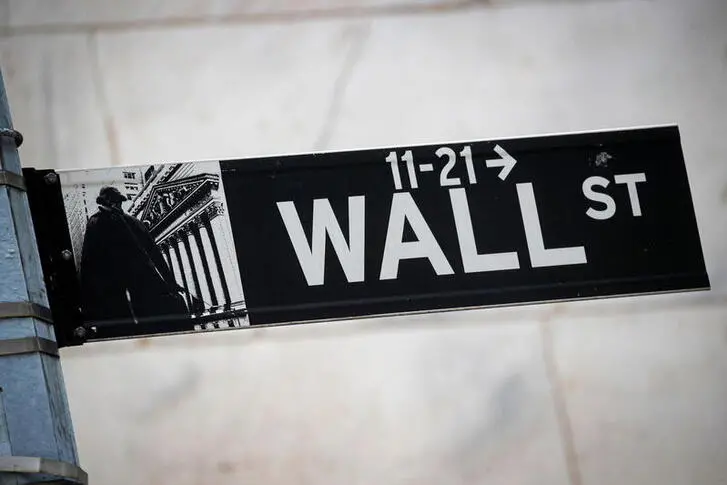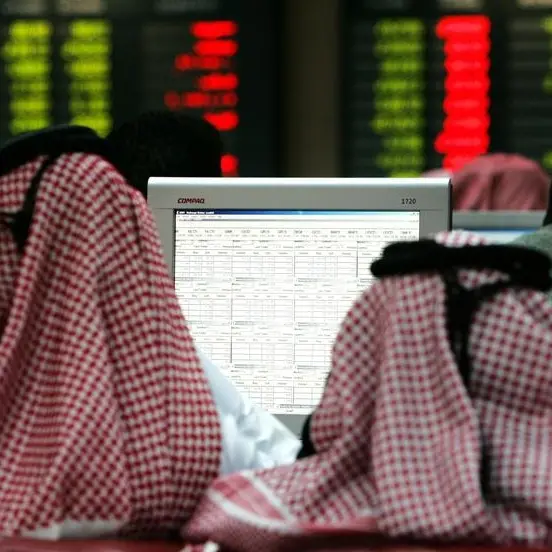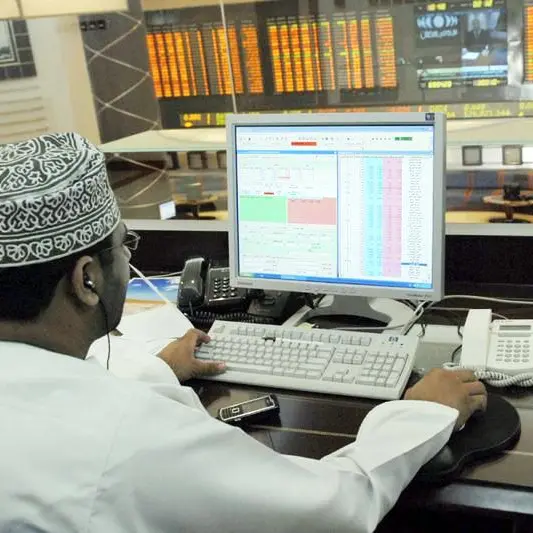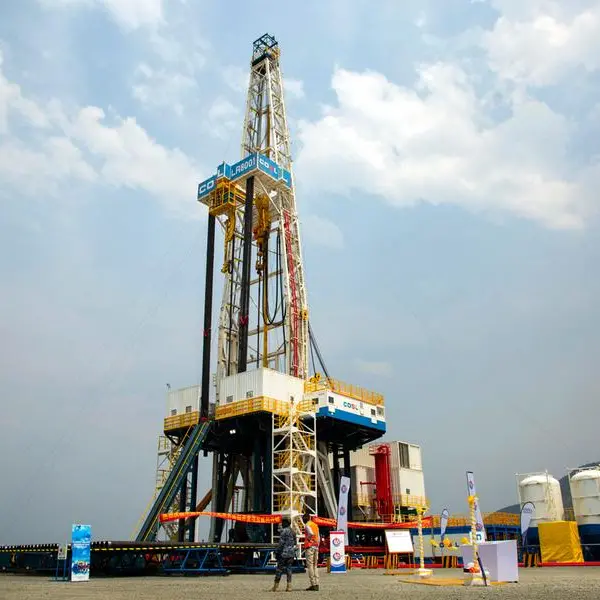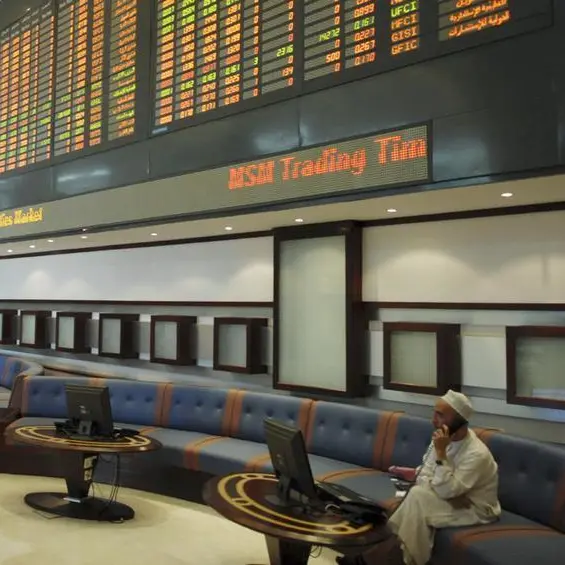PHOTO
NEW YORK - A gauge of global equity markets was little changed on Friday and Wall Street gave back some of its early gains as investors took stock of a report that at first blush showed faster-than-expected U.S. jobs growth but was also a reminder that the recovery will still take time.
It has been a frantic Friday for traders across the globe as Asian markets dropped overnight and MSCI's all-country index was on its longest losing streak in six months.
"The economy is still going through the transition from the virus to the vaccine, and it is a bit rougher than you would like," said Steven Ricchiuto, U.S. chief economist at Mizuho Securities USA in New York.
"It tells the Federal Reserve in particular that you have to remain with your foot on the accelerator, but that not necessarily you have to put more pressure on that accelerator," Ricchiuto said.
The Dow Jones Industrial Average rose 75.2 points, or 0.24%, to 30,999.34, the S&P 500 lost 2.26 points, or 0.06%, to 3,766.21 and the Nasdaq Composite dropped 129.44 points, or 1.02%, to 12,594.03.
The pan-European STOXX 600 index lost 0.40% and MSCI's gauge of stocks across the globe shed 0.60%.
Emerging market stocks lost 0.96%. MSCI's broadest index of Asia-Pacific shares outside Japan closed 1.19% lower, while Japan's Nikkei lost 0.23%.
The U.S. economy created more jobs than expected in February as falling new COVID-19 cases and additional pandemic relief money from the government boosted hiring at restaurants, putting the labor market recovery back on firmer footing. Still, it will probably take several years for the labor market to heal from the deep scars inflicted by the pandemic, which is now in its second year.
The market reaction continues a bout of volatility sparked on Thursday when Federal Reserve Chairman Jerome Powell showed little alarm about a rise in bond yields.
Benchmark 10-year U.S. Treasury notes last fell 8/32 in price to yield 1.5766%, from 1.55% late on Thursday.
Oil prices jumped after the Organization of the Petroleum Exporting Countries and its allies agreed to mostly maintain their supply cuts in April as they await a more solid recovery in demand from the COVID-19 pandemic. O/R
U.S. crude recently rose 2.87% to $65.66 per barrel and Brent was at $68.82, up 3.12% on the day.
"OPEC+ has kept output steady, indicating that it wants to take a cautious approach in normalizing production," said Ravindra Rao, vice president commodities at Kotak Securities.
Rising Treasury yields also bolstered demand for the dollar. The dollar index jumped to a three-month high of 91.935.
The dollar index last rose 0.371%, with the euro down 0.44% to $1.1913. The Japanese yen weakened 0.22% versus the greenback, last at 108.18 per dollar, its lowest since June, while Sterling was last trading at $1.3824, down 0.50%.
The dollar's strength also hit gold prices, which sank to a nine-month low as investors sold the precious metal to reduce the opportunity cost of holding the non-yielding asset.
Spot gold dropped 0.1% to $1,696.31 an ounce. U.S. gold futures fell 0.49% to $1,691.90 an ounce. Earlier, spot gold was at $1,697 per ounce, trading below $1,700 for the first time since June 2020.
(Reporting by Suzanne Barlyn Additional reporting by Aleksandra Michalska in New York; Editing by Steve Orlofsky) ((Suzanne.Barlyn@thomsonreuters.com; 646-223-8550; Reuters Messaging: suzanne.barlyn.thomsonreuters.com@reuters.net))
